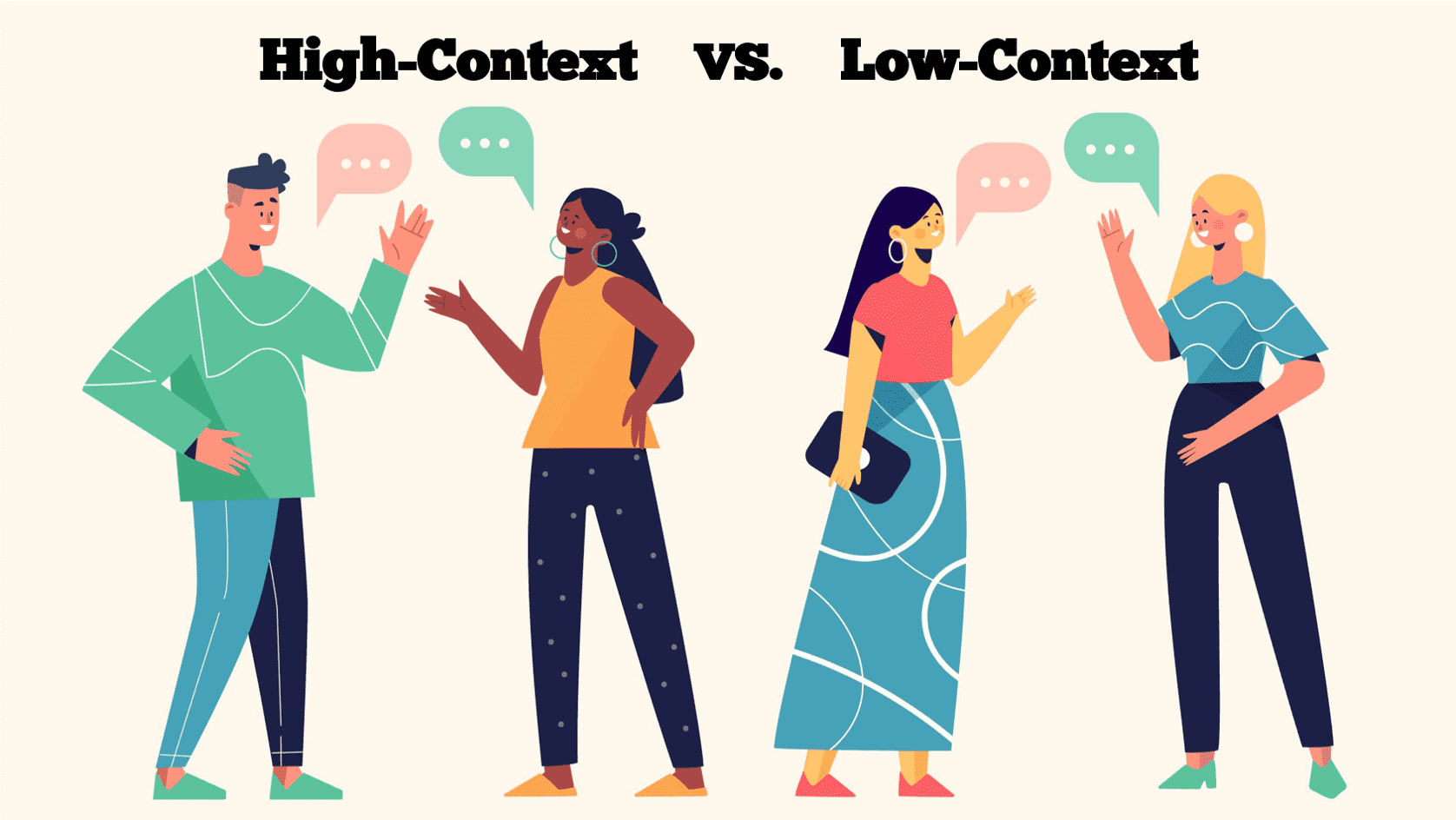The Feature of Japanese -High Context Culture-

Thank you for visiting our website, and I would like to take this opportunity to wish you all a very Happy New Year.
Several days ago, while solving a TOEFL exercise, I came across the word “Japanese” as an example of a “high-context language”. I would like to discuss its general interpretation, and what elements are necessary for our country in the future.
The term “high-context” is derived from the paper “high-context society vs. low-context society” published by Dr. Edward T. Hall, a cultural anthropologist, in 1976. According to this concept, a “high-context society” refers to a state in which universal and general-purpose things that have been cultivated over many years, and are widely shared in society. On the other hand, a “low-context society” refers to a state in which knowledge is not shared on the premise that such things are universal and general-purpose, but rather is artificial (national anthem, national flag, support for a particular sport or team, etc.). In other words, in a high-context society, words have ambiguity, while the “words themselves” uttered for communication are important in a low-context society.
The differences are created by whether a country has a high percentage of immigrants (whether there is similarity or diversity in biological appearance, such as hair and eye color), whether the people share a history spanning thousands of years (whether there is a shared sense of history and a wide variation in cultural backgrounds, including language, etc.). This is because, it is not possible to make inferences relying on each other’s implicit cultural backgrounds. As a result, a low-context situation relies on verbal explanations during cross-cultural interactions. In short, the formation of a low-context culture is promoted in a setting where cross-cultural exchange is active.
Whether this cross-cultural exchange is maintained to create low-context culture relates to geographical and ecological factors: “uneven distribution of resources and products and means of exchange” and “difficulty in forming a single culture as a result of exchange”.
Japan, a typical high-context society, is geographically isolated, while China, another high-context society, is continental country, but has made progress in cultural unification, especially among the Han Chinese. It is thought that the latter condition is not fulfilled.
Actually, it would not be out of place to say that Japan is a high-context society, given the importance placed on “read the room” in Japanese society, and the development of “kosoado” words (a generic term for indicating words such as this, that, and which) and onomatopoeia in the Japanese language.
Erin Burkett Meyer, a professor of organizational behavior with a focus on cross-cultural management at INSEAD, one of the world’s leading international business schools, is the author of “The Culture Map: Breaking the Invisible Boundaries of Global Culture of Reinvention” and was awarded for 2015’s thinkers 50. She has also stated that communication in Japan is the most high-context in the world.
You might have heard this kind of conversation between men and women, such as “I’d prefer if you could read my expressions and the atmosphere!” This is also one of the results of a high-context culture in my opinion. At least, it is because we live in a high-context society that “A-Un,” which has been used in Japan since ancient times, and “Sontaku,” which was widely used in 2017 regarding political issues and was selected as the word of the year, can also be attributed to this high-context society.
On the other hand, English, a representative low-context language, is generally used always with the both subject and predicate (in Japanese, there are many situations where communication is possible even if the subject is apparently missing). This can be perceived as direct and assertive, but at the same time it can be seen as simple and clear. For example, when a teacher explains assignments at school or gives work instructions within a company, “low-context” can be seen as a merit to prevent miscommunication. In particular, the rapid shift to online communication since the Covid-19 pandemic, the information that can be supplemented by non-verbal information(=context) in business situations is narrowed. It is difficult to read the face and catch the nuances. As a result, low-context thinking is actually preferred in such situations.
Of course, I do not intend to comment on the superiority or inferiority of high-context society over low-context society. However, in addition to the above, it is seen as a good thing to have more contact with “different cultures,” and in recent years, more and more people are encouraged to interact with people from other countries. It seems to be heading for a low-context culture from a high-context culture.
At the end of last month, the Founder/CEO of our Institute, Takeo Harada talked and explained what is needed in Japanese society, and what social contribution projects he is planning for the near future in the “IISIA New Year’s Eve Live 2024-2025” on our official YouTube and Instagram.
(Photo 2: IISIA New Year’s Eve Live 2024-2025)
(Reference: YouTube)
In Japan, the urgent need is the transmission of knowledge and skills. “Wisdom” and “craftsmanship” of the baby-boom generation must be passed on to future generations. However, I feel that the importance of transmission of ideas is increasing in Japan in combination with the “high-context society,” which is the theme of this blog. This is because we believe that there are elements that cannot be passed on in the high-context way of “just look and learn” theory. Our institute would like to continue to consider this point as an issue and develop our social contribution projects.
※The statements in this blog are not the official views of the Institute, but rather the personal views of the author.
Chancellery Unit, Group for Project Pax Japonica, Maria Tanaka


